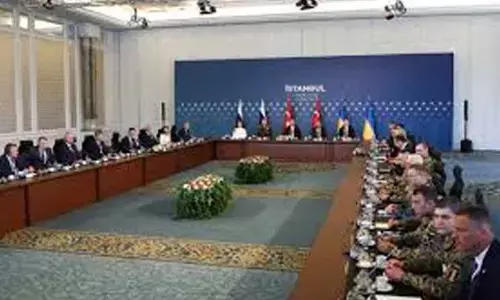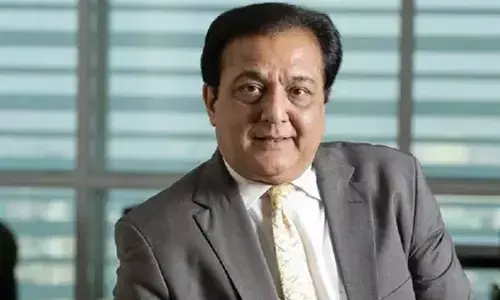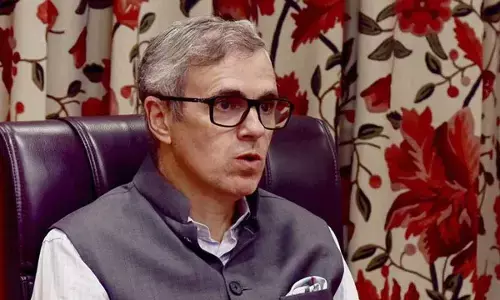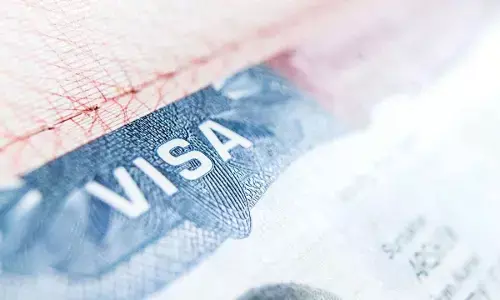Supercomputing Mission

Supercomputing Mission. The Central government in March approved a seven-year supercomputing programme worth $730 million (Rs 4,500-crore) intended to restore the nation’s status as a world-class computing power.
.jpg) The Central government in March approved a seven-year supercomputing programme worth $730 million (Rs 4,500-crore) intended to restore the nation’s status as a world-class computing power. India's supercomputer programme was started in late 1980s because Cray supercomputers were denied for import due to an arms embargo imposed on India, as it was a dual use technology and could be used for developing nuclear weapons. PARAM 8000 is considered India's first supercomputer.
The Central government in March approved a seven-year supercomputing programme worth $730 million (Rs 4,500-crore) intended to restore the nation’s status as a world-class computing power. India's supercomputer programme was started in late 1980s because Cray supercomputers were denied for import due to an arms embargo imposed on India, as it was a dual use technology and could be used for developing nuclear weapons. PARAM 8000 is considered India's first supercomputer.
As of November 2014, India has 9 systems on the Top500 list ranking 71, 131, 149, 155, 163, 167, 206, 219 and 346. Its current top system, a 719-teraflops IBM/Lenovo iDataPlex installed at the Indian Institute of Tropical Meteorology, has slid from 36th to 71st position since it making its TOP500 debut in 2013. And the nation’s second-fastest number-cruncher, the 388-teraflops PARAM Yuva II, has gone from 131 to 69 in the same timeframe.
The Cray-2 which set the frontiers of supercomputing in the mid to late 1980s had only 8 processors. In the 1990s, supercomputers with thousands of processors began to appear There is no exaflop supercomputer in the world yet and the first one is expected to emerge around 2019-2020, which is exactly when India has planned to launch its own. China has the world's fastest supercomputer - almost twice as fast as the previous U.S. record holder - with speeds equivalent to more than 338 million normal PCs.
One of the deliverables of the Indian mission would be a grid connecting 70 supercomputers located in R&D Institutions, Universities and the 1 million core cloud using National Knowledge Network (NKN). “The Mission implementation would bring supercomputing within the reach of the large Scientific & Technology community in the country,” remarked the Cabinet Committee on Economic Affairs.
“ The mission envisages India to be in the select league of such nations. To provide continuity in maintaining a lead in supercomputing, the Mission also includes advanced R&D. This will create requisite expertise to build state-of-the-art next generation supercomputing. The Mission supports the government’s vision of “Digital India” and “Make in India” initiatives.”


















